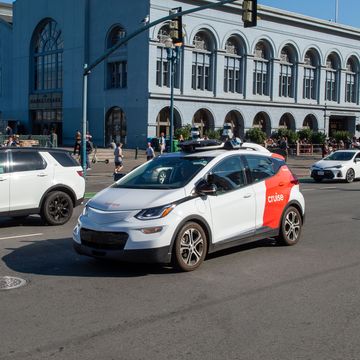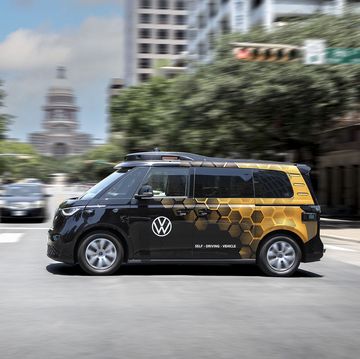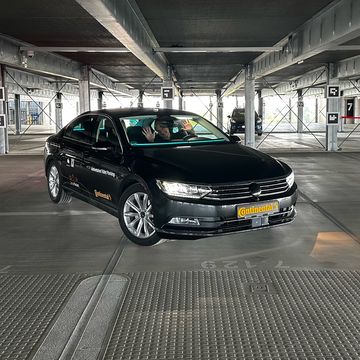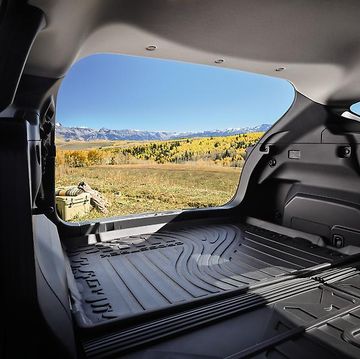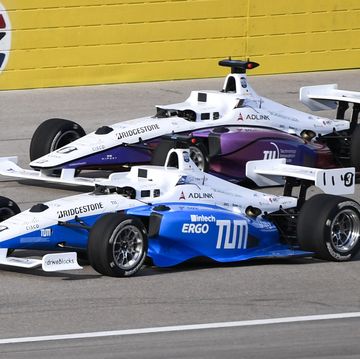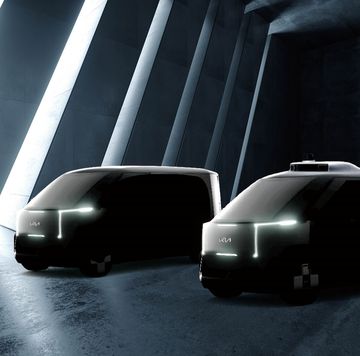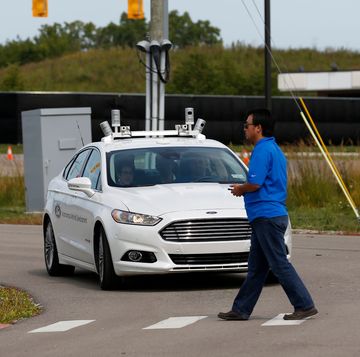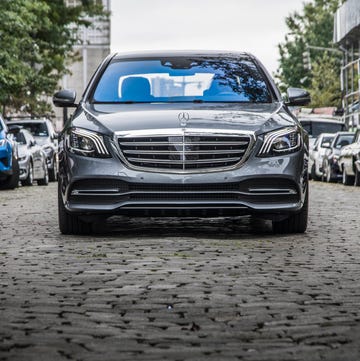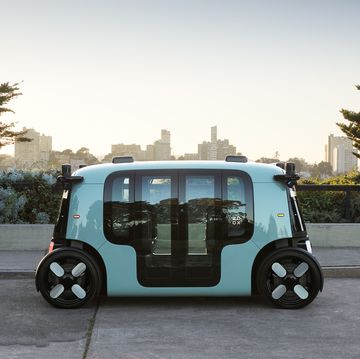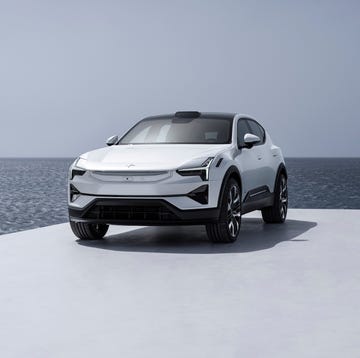- A fleet of autonomous Level 4 buses has been launched near Edinburgh, Scotland, running a 14-mile route.
- The CAVForth Alexander Dennis Enviro200AV buses use hardware and software from Fusion Processing, featuring radar, lidar, and cameras to drive themselves, with a safety driver on board.
- The advent of Level 4 buses could see bus drivers become bus captains, similar to train conductors, who could remain on board but not do any driving.
Earlier this month the city of Edinburgh, Scotland, inaugurated the first commercial autonomous city bus route in the UK. A fleet of five Alexander Dennis Enviro200AV autonomous buses, featuring Level 4 technology, will operate between Ferrytoll Park & Ride in Fife, and Edinburgh Park interchange, leaving every 30 minutes, designed to carry up to 10,000 passengers per week.
The 14-mile route will be the first public trial of autonomous buses in the UK, with paying passengers on board, and will face some complex driving including traffic lights, roundabouts, and lane changes, with buses permitted to drive at up to 50 mph. For the moment, these buses will have a safety driver on board.
The buses themselves feature Fusion Processing's autonomous drive system, dubbed CAVStar, and use radar, lidar, and cameras, in addition to artificial intelligence processing, to operate the bus. The hardware also includes V2X technology, receiving information from traffic lights directly instead of relying on cameras to determine the traffic light colors.
The Level 4 hardware and software on board only differ from Level 5, or completely autonomous vehicles, in that the former is effectively geofenced and is programmed to operate only along a certain route, with V2X tech helping the vehicle interpret traffic signals. So it requires some outside hardware. But other than that, quite a variety of routes can be scouted and programmed using the same software.
"CAVForth is an exciting showcase of how our CAVstar Automated Drive System can safely operate in a very complex driving environment," said Jim Hutchinson, Fusion Processing CEO. "This pilot is globally significant and marks a step change in the operation of autonomous commercial vehicles on public roads."
Scotland's first commercial trial of Level 4 tech with paying passengers on board, of course, also raises the question of operating costs.
For now, the development and operation of these systems certainly require more funds than paying a bus driver. But this is effectively a preview of a future, whether distant or close, when Level 4 tech will be scaled enough to possibly be more cost effective than paying a driver. Bus fleets will still have plenty of maintenance personnel and perhaps a remote driver monitoring the progress of 10 buses at once with the help of AI, but when it comes to the actual driving part, Level 4 tech is expected by some in the industry to begin replacing human drivers later this decade.
One of the more interesting questions is whether we'll see Level 4 buses before Level 4 robotaxis in some countries, depending on regulations. Despite the launches of small Level 4 fleets in San Francisco and a handful of other locations, it's far from a given that robotaxis will outnumber Level 4 buses in all countries, even though some economics tend to favor passenger cars.
But the CAVforth project, for the moment, has actually created jobs instead of eliminating them through automation. Instead of a safety driver, the role of a "bus captain" who doesn't do the driving is expected to emerge, to assist passengers and handle payments.
"To support the project's extensive research on passenger and public acceptance of autonomous vehicle technology, a second autonomous bus professional will act as bus captain, moving freely around the vehicle to engage with customers," Fusion Processing notes. "This demonstrates what a future autonomous service could feel like when a single bus 'captain' can leave the cab while the computer does the driving."
In the future, bus captains could also rotate between several buses in a given shift, letting them drive routes autonomously, effectively performing the role of train conductors.
Will we see Level 4 buses debut in any significant number in this decade, or will this process take longer? Let us know what you think.

Jay Ramey grew up around very strange European cars, and instead of seeking out something reliable and comfortable for his own personal use he has been drawn to the more adventurous side of the dependability spectrum. Despite being followed around by French cars for the past decade, he has somehow been able to avoid Citroën ownership, judging them too commonplace, and is currently looking at cars from the former Czechoslovakia. Jay has been with Autoweek since 2013.


